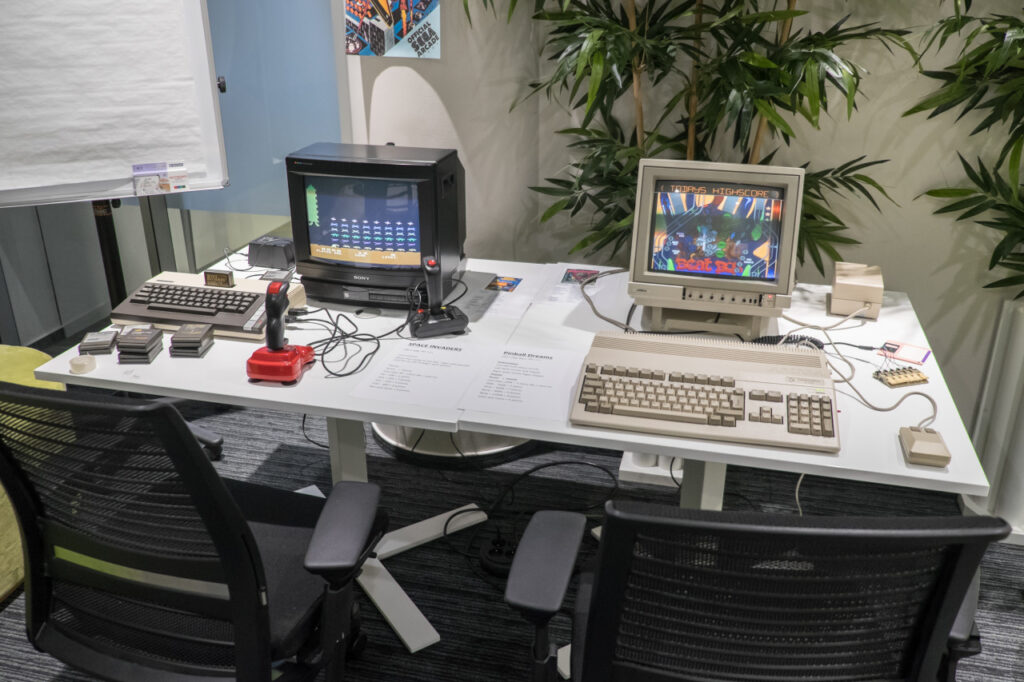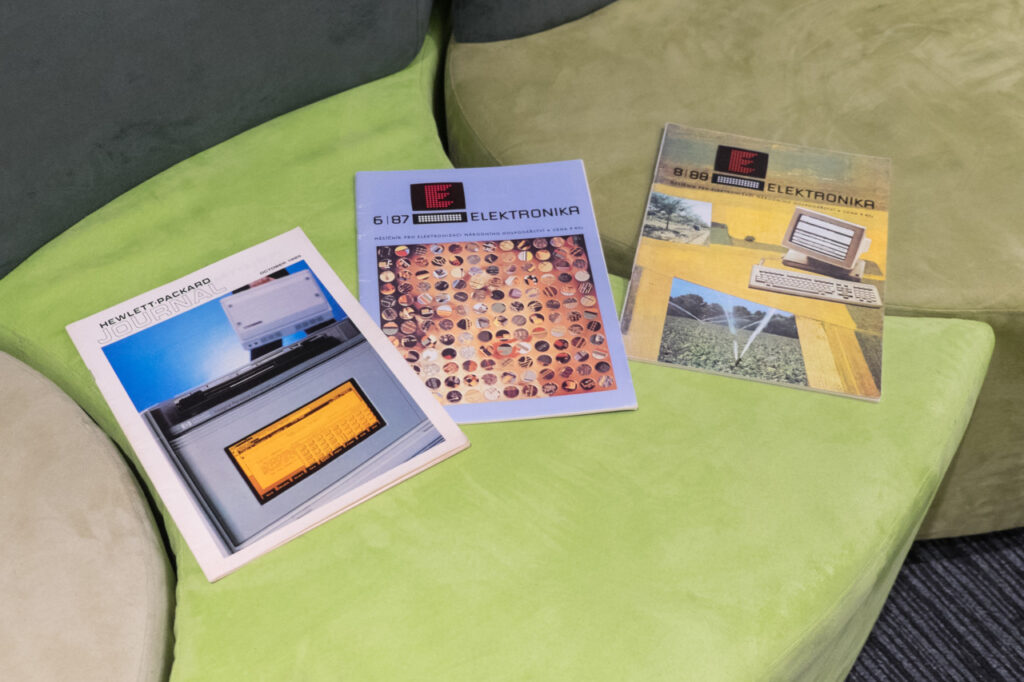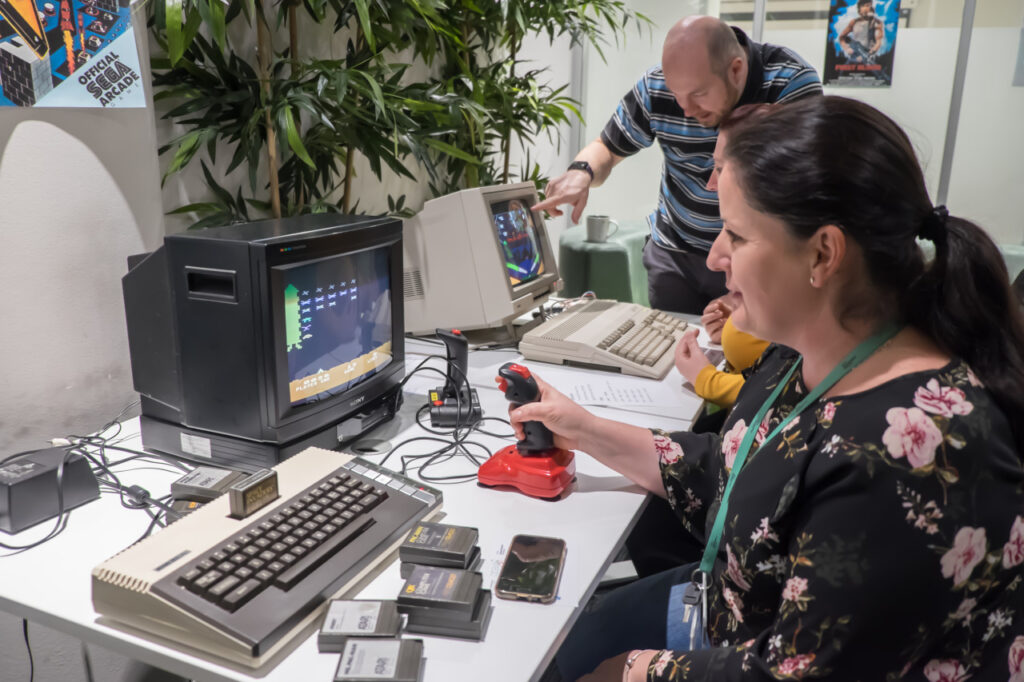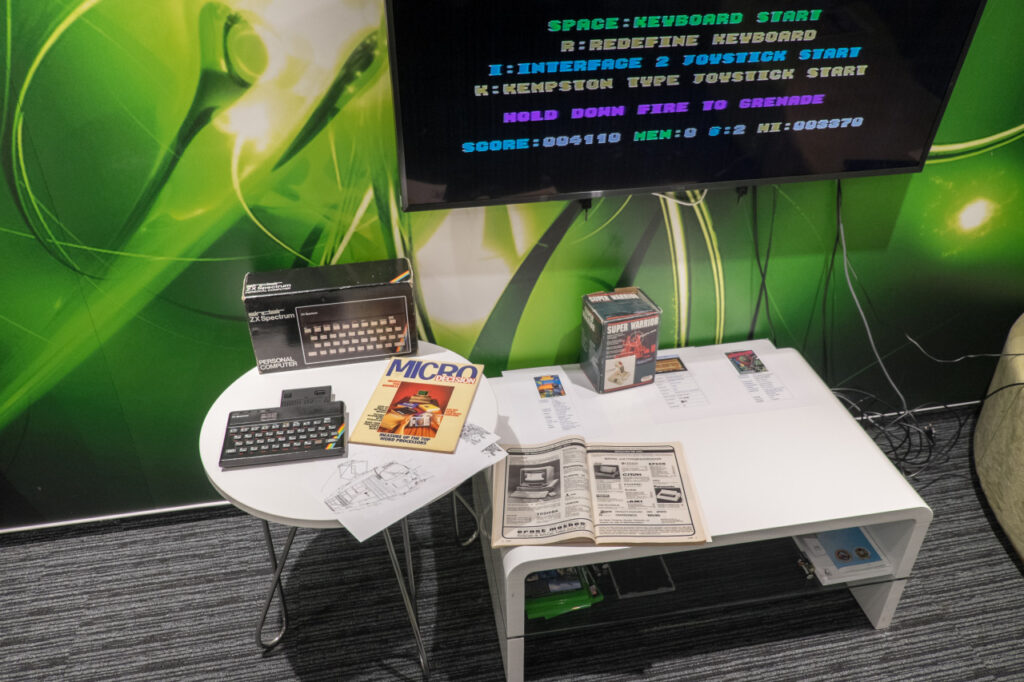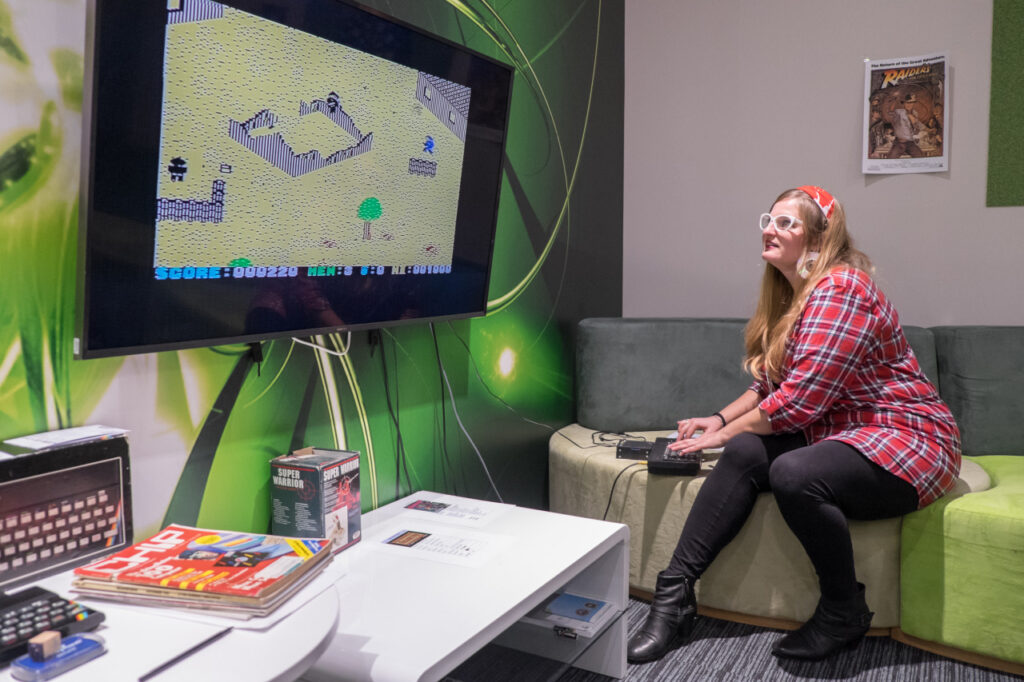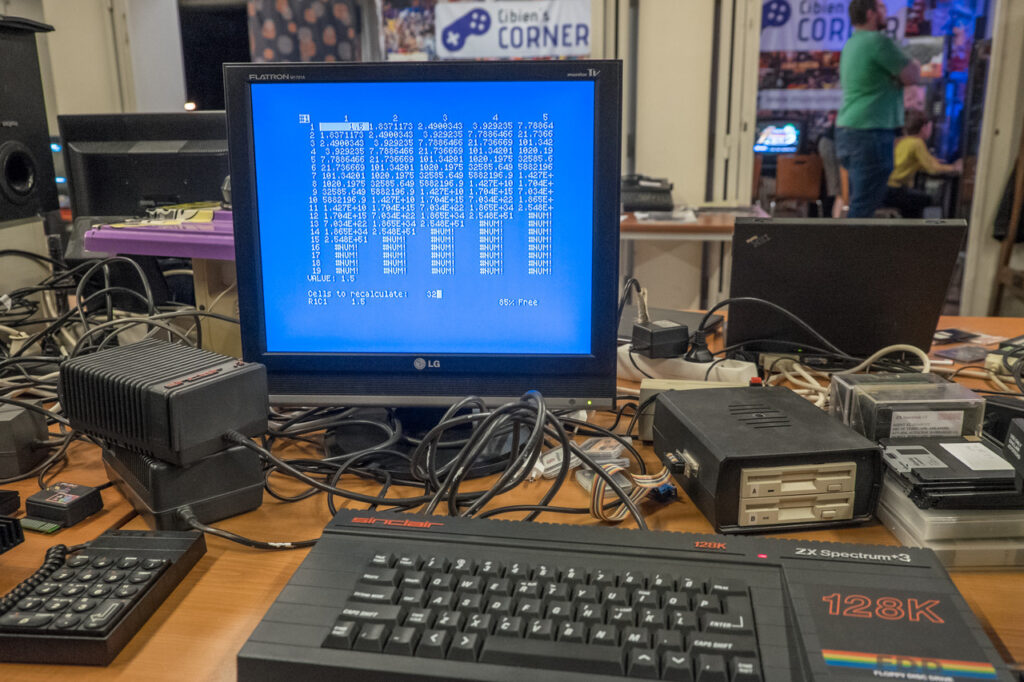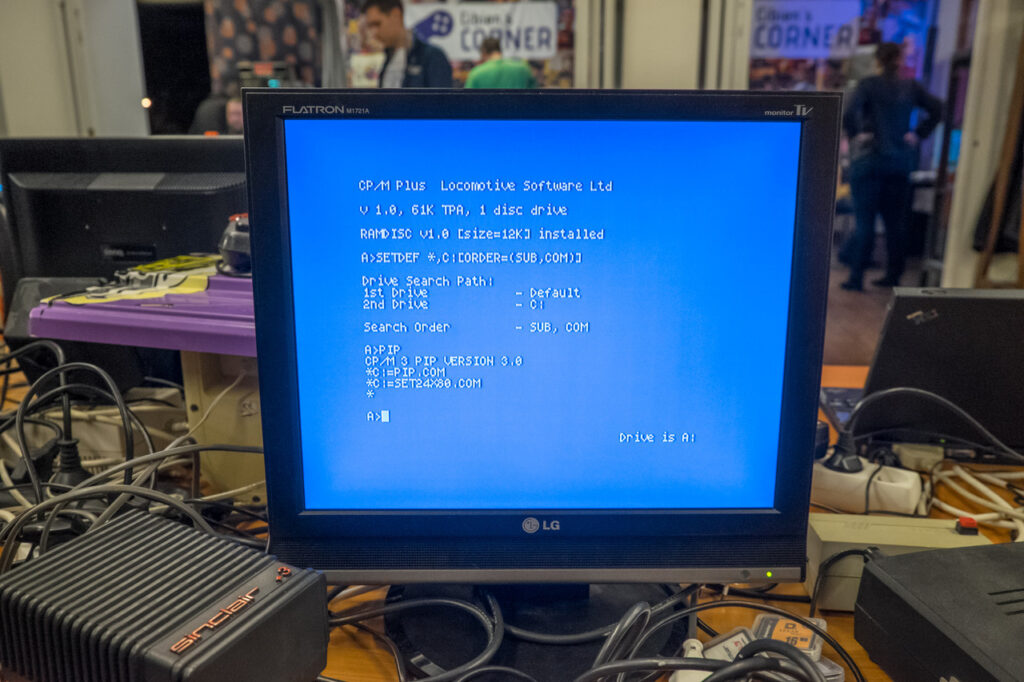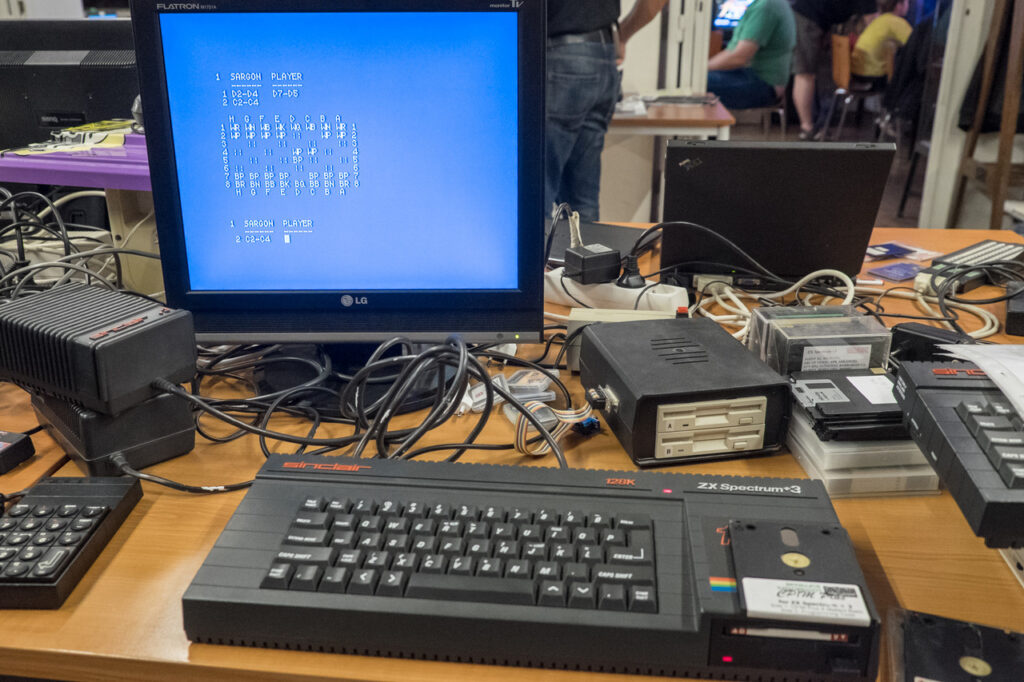Vintage Computers at Work
We prepared a small room with old computers as a part of a bigger event at work. After careful consideration, we selected Atari 800XL and Commodore Amiga 500 for the contest purposes. Atari was running Space Invaders and each visitor played with the highest difficulty (three lives, level 12). For Amiga, we chose Pinball Dreams and the goal was to get the highest score using just a single ball.
To make the room more appealing, we brought several old computer magazines and 80s props. Curious visitors could also experience ZX Spectrum+ with the Who Dares Wins game. The feedback on our room was very positive and people were talking a lot about their first computers there. However, the biggest surprise for me is that the joystick survived all the players. Some of them gave it a hard time.
